The Hermiston School District, located in Hermiston, Ore., celebrated the groundbreaking of two new elementary schools last week. One replacement facility and one new facility are both set to open in the Eastern Oregon district in 2022.

IP surveillance solutions provider VIVOTEK has released an update to its VAST 2 IP Video Management Software.
Among the three relief packages passed by Congress since the beginning of the COVID-19 pandemic, Vermont schools and the state’s Agency of Education have received a total of $566 million in federal funding. About $100 million has already been put toward reopening schools, retrofitting buildings for social distancing purposes, upgrading HVAC systems, and other ancillary expenses like hand sanitizer.
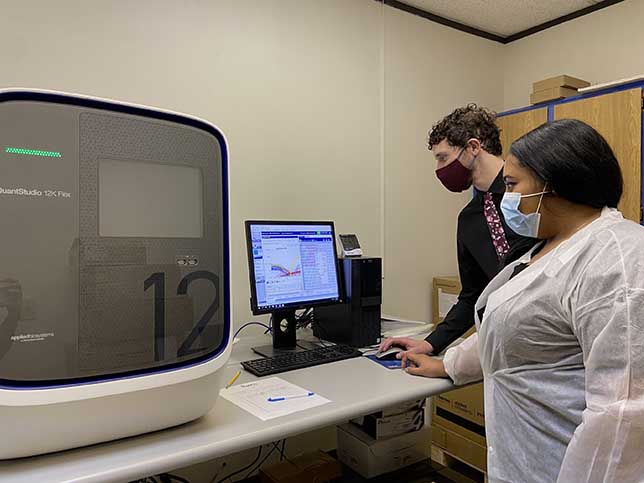
Rapid Dx Laboratory has announced a partnership with Concentric by Ginkgo to provide pooled COVID-19 testing to K–12 schools in both in-person and hybrid learning environments.
Officials in the Seminole County School District, headquartered in Donalsonville, Ga., recently announced a proposal to build a new, all-inclusive, PreK-through-12 school facility. They attribute the need for a new building to the age of current facilities and continuing repairs to buildings damaged by Hurricane Michael, among others.
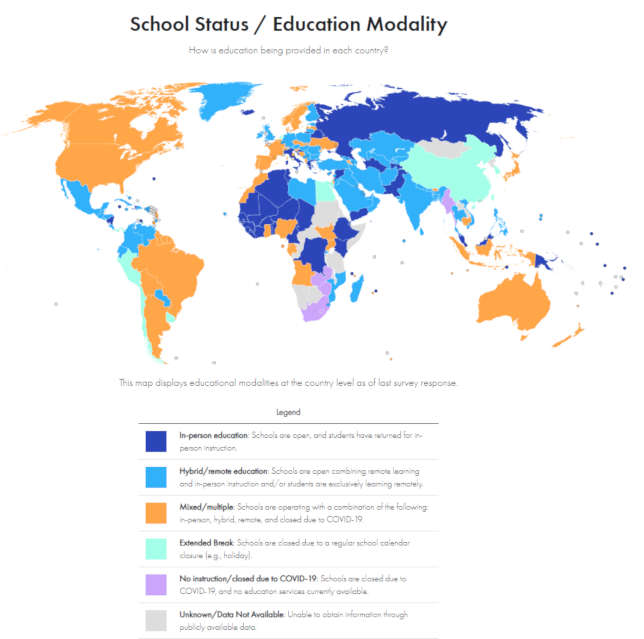
A new global education recovery tracker project developed by Johns Hopkins University's eSchool+ Initiative, the World Bank and UNICEF reveals the progress of schools around the world in the fight against COVID-19.
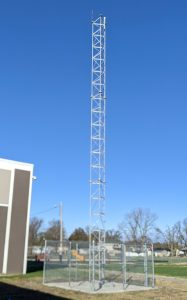
An Illinois district has installed a $300,000 private LTE network to deliver internet connectivity to students. Collinsville Community Unit School District #10 worked with IT solutions provider STEPcg to address the needs of about 500 students in the area.
A cyberattack forced a Massachusetts school district to close for a day, just as kids were about to return to the classroom, and then revert to remote learning for most grades. Haverhill Public Schools made a public announcement when the district computer system was hit with a ransomware attack.
K-12 instruction is being delivered in many different permutations right now, and so families are making various choices for the education of their students. By mid-March 2021 more than three-quarters of fourth- and eighth-grade students (76%) were being offered the chance to attend public schools open at least some of the time for face-to-face lessons. But just a fraction of those students attended in-person instruction. The remaining 24% of grade 4 and grade 8 students were in schools that were only online.
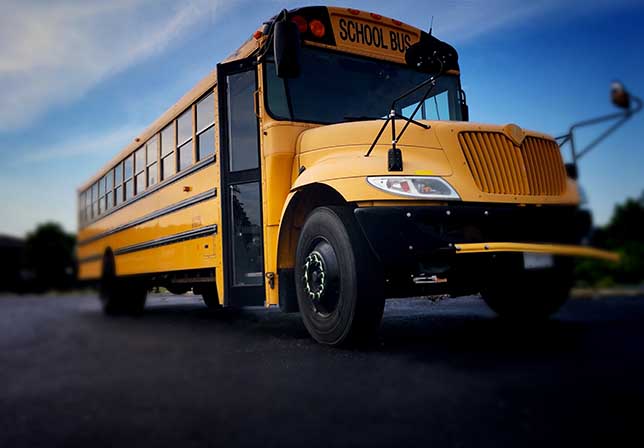
In the Spirit Lake Community School District in Spirit Lake, Iowa, the school board has awarded a construction bid for a project that Superintendent Dr. David Smith says has been in the pipeline for quite some time—a “bus barn” to house the district’s school buses.
Lake Highlands High School, located in Richardson, Texas, announced this week that it has completed a campus expansion and renovation project. The work was done by Cadence McShane Construction and includes updates to multiple school facilities.
This weekend, school leadership in Finneytown, Ohio, broke ground on a new elementary school slated to open in spring 2022. The facility will measure in at 90,000 square feet, and its $22 million price tag will be split between the Ohio Construction Commission and the Finneytown Local School District.
The Moses Lake School Board in Moses Lake, Wash., has awarded a contract for the construction of a new high school, informally referred to as the Real World Academy. At a meeting last week, the board voted 4-1 to give the $48.9-million contract to Absher Construction Co., based out of Puyallup, Wash. The project was originally budgeted for $51 million.
UV-C disinfection solutions provider INVZBL has launched a new line of products dedicated to reducing the risk of virus transmission through shared devices in K-12 schools.
K-12 professional learning provider BetterLesson announced that it will distribute $300,000 in grant money for professional development services among six K-12 school districts around the country.
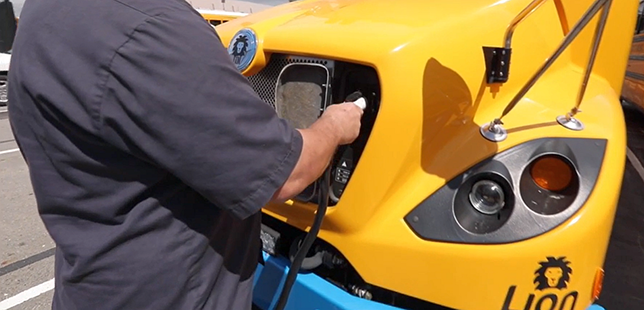
A school district in Northern California will be adding new infrastructure to bring down the cost of recharging its electric school bus fleet. Palermo Union Elementary School District has signed with AMPLY Power, which will supply energy management intended to reduce the cost to a dime per kilowatt hour versus 19 to 39 cents/kWh under the previous charging program.

A New York school district is now generating all of its electricity needs through a 4.1-megawatt solar project. Maine-Endwell Central School District in Endwell activated its system, located on district property next to an elementary school, on March 23. It's expected to save the district more than $6.2 million in future energy costs over the course of 25 years.
Web security platform ContentKeeper announced this week that it’s launching a generation cloud filtering and security platform designed specifically for use in K-12 educational environments. The ContentKeeper Cloud helps teachers and administrators maintain the balance between letting students explore the Internet to access potentially valuable content and basic student security and safety.
Victory Innovations, a provider of surface disinfection solutions, announced that it is expanding its yearly “Keep Kids Healthy” campaign, which launched in 2018. The company will donate electrostatic sprayers to underserved schools, and it will offer more than $10 million in product discounts to help combat the spread of COVID-19 in newly reopened educational environments.
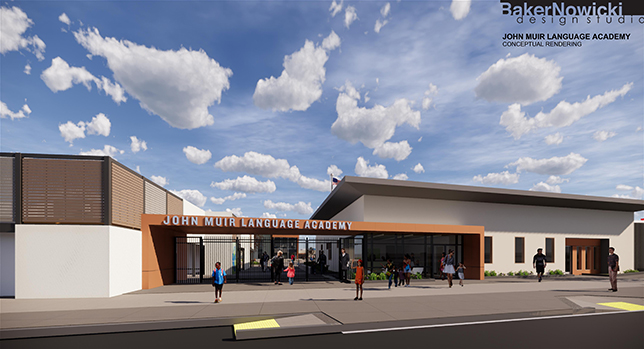
The San Diego Unified School District has officially begun modernization projects on two of its schools: La Jolla Elementary School and John Muir Language Academy. California builders C.W. Driver Companies broke ground on both construction projects last week.